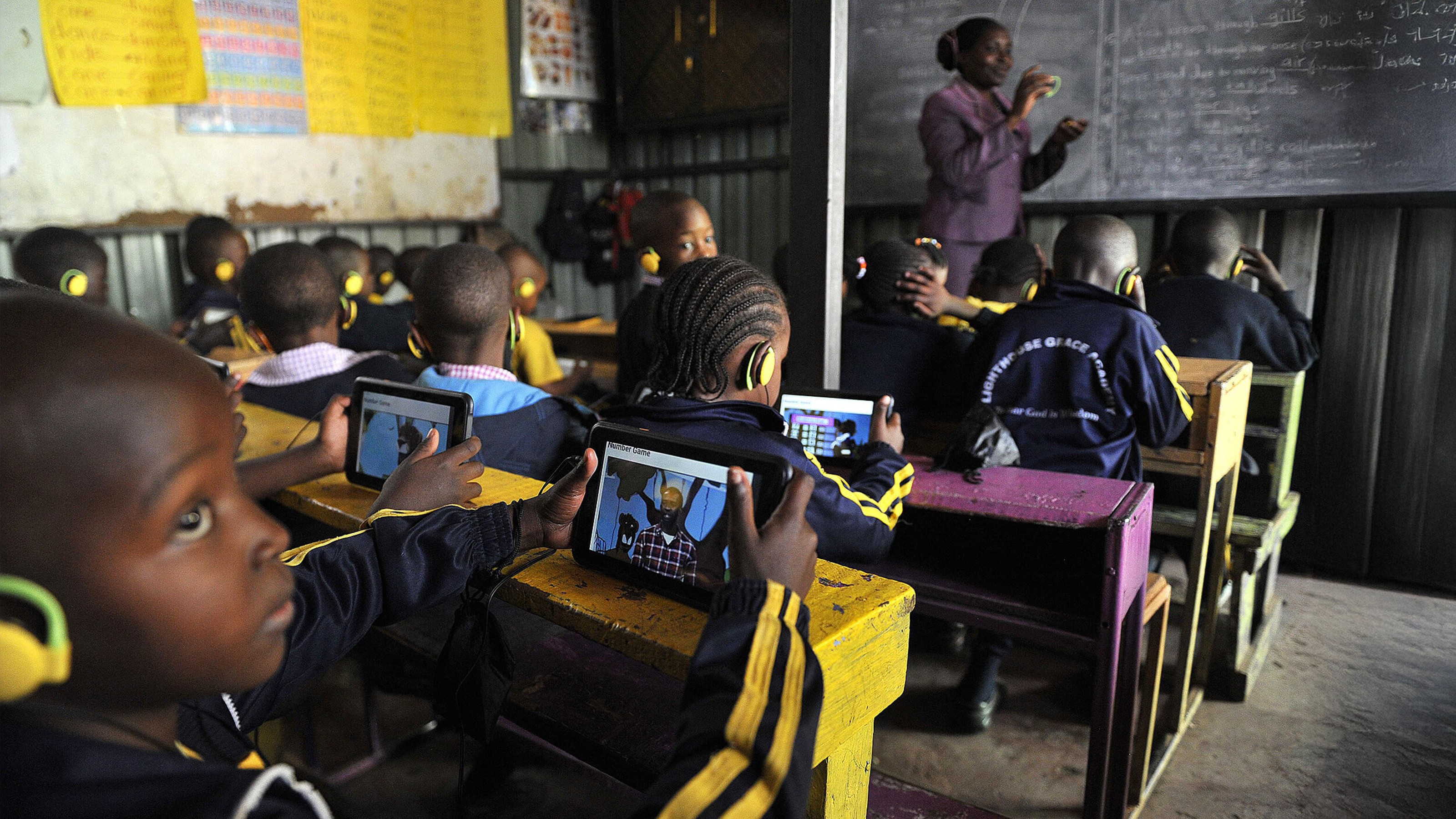Creating the new schooling paradigm: Educational technology policy priorities, Part 1 [due date: Jan. 20]
ISTE’s Top Ten in ‘10 list of educational technology priorities for this year is a worthwhile read (hat tip to THE Journal). Some of its items are more vague than others. For example:
2. Leverage education technology as a gateway for college and career readiness. Last year, President Obama established a national goal of producing the highest percentage of college graduates in the world by the year 2020. To achieve this goal in the next 10 years, we must embrace new instructional approaches that both increase the college-going rates and the high school graduation rates. By effectively engaging learning through technology, teachers can demonstrate the relevance of 21st century education, keeping more children in the pipeline as they pursue a rigorous, interesting and pertinent PK-12 public education.
6. Leverage technology to scale improvement. Through federal initiatives such as i3 grants, school districts across the nation are being asked to scale up current school improvement efforts to maximize reach and impact. School districts that have successfully led school turnaround and improvement efforts recognize that education technology is one of the best ways to accelerate reform, providing the immediate tools to ensure that all teachers and students have access to the latest innovative instructional pathways. If we are serious about school improvement, we must be serious about education technology.
10. Promote global digital citizenship. In recent years, we have seen the walls that divide nations and economies come down and, of necessity, we’ve become focused on an increasingly competitive and flat world. Education technology is the great equalizer in this environment, breaking down artificial barriers to effective teaching and learning, and providing new reasons and opportunities for collaboration. Our children are held to greater scrutiny when it comes to learning and achievement compared to their fellow students overseas. We in turn must ensure that all students have access to the best learning technologies.
Those all sound great to me, but I confess that I need to think further about what these would look like in terms of specific legislation or policy initiatives that would be implemented. In other words, for what would we ask legislators and policymakers in order to make these happen?
Ask your legislator
Here in Iowa we’ve been having our own conversations about legislative and policy initiatives for which educators, school board members, business leaders, and others should be advocating. We may not know what the future of schooling is going to look like, but I think we can already identify at least some of what the key building blocks and policy levers are going to be. Here’s a quick list, in no particular order, of some things that we’ve been discussing:
- Get every kid/home connected (universal broadband access, preferably wireless) [this also is an economic development priority, not just a schooling priority]
- A computing device (probably a laptop) for every teacher
- A computing device (probably a laptop) for every student (maybe start at the secondary level?)
- Statewide curricula that emphasize critical policy needs (e.g., STEM, global awareness) and higher-order thinking skills (e.g., critical thinking; problem solving; synthesis and analysis of complex data to make meaning; creativity, innovation, and entrepreneurship; reading, writing, and multimedia creation in digital, online, hyperconnected information spaces) rather than factual recall and low-level procedural knowledge [the Iowa Core initiative is intended to do this for our state]
- Additional and/or different professional development initiatives that help educators (teachers AND administrators) implement the curricula described in Item 4
- More online coursework options for students (e.g., a statewide virtual high school; the ability of districts to provide courses for others’ students) [Iowa students’ options in this area are anemic right now]
- Different statewide assessments that better assess higher-order thinking skills rather than fact regurgitation
- The creation of and/or permission to use low-cost or no-cost electronic textbooks and other online learning materials instead of paper texts
- Greater flexibility for schools to repurpose existing funding streams (e.g., the ability to use textbook monies for computing equipment and learning software; removal of Iowa’s $500 minimum for equipment purchases)
- Repeal or revise Dillon’s Rule here in Iowa, which is getting in the way of school district innovation (by essentially saying that if you don’t have express authority to do it, you can’t)
- Ramp up the understanding of educators and citizens about needs and issues pertaining to 21st century teaching and learning, workforce development, and a globalized economy (e.g., a statewide publicity / visibility initiative aimed at educators, school board members, citizens and community members, business leaders, the press, and so on)
- Utilize professional development, funding, accreditation, and/or promotion and tenure policies to make preservice educator preparation (teachers AND administrators) more relevant to new curricular and instructional paradigms
Okay, your turn
You’ve seen our list and ISTE’s. What would you add / change / delete? Contribute your ideas by January 20 and I’ll make a new list that we can collectively rank order in Part 2 of this series. Thanks for participating!




